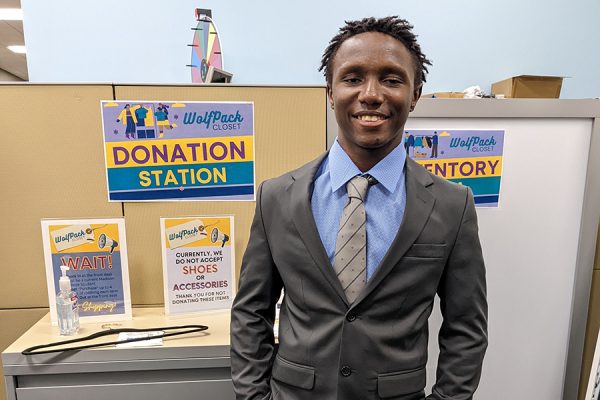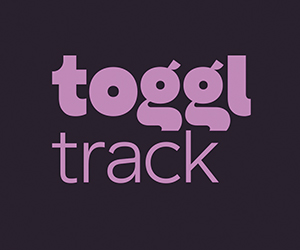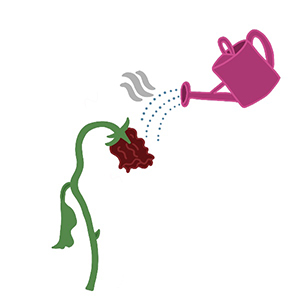Time to talk about eating disorders: Overcoming the social stigma enables others to seek help
March 1, 2017
National Eating Disorders Awareness Week is upon us. It starts on Feb. 26 and runs until March 4. This year’s theme is, “It’s time to talk about it.”
According to The National Eating Disorder Association (NEDA), “It is time to shatter the stigma,” behind eating disorders. The more able and willing we, as a society, are to talk about eating disorders openly, the more able eating disorder sufferers are to get accessible help.
According to NEDA, eating disorders have the highest mortality rate of any mental illness. With 30 million Americans having suffered with an eating disorder at one point in their life, these are frightening statistics. One thing we as a society need to do to start changing these facts is to begin to talk about eating disorders more openly.
This year’s theme encouraged me to “talk about it” myself. I used to have an eating disorder. So, let’s talk about it.
I have always been a thick girl. Comments like “You would be perfect if you just lost 20 pounds” planted the seeds in my head at a young age. My first time on Weight Watchers was at age 7. At the time, I saw nothing abnormal about this.
In the spring of 2013, I decided that it was time for me to “take control.” I began exercising regularly, and monitoring the food that went into my body. Like most sufferers, my diet slowly morphed into a disorder.
I soon became too involved at the gym. What once was a love of Zumba became a compulsive need to burn more calories than I ate. I soon worked out relentlessly to burn 1500 calories a day on a 1000 calorie a day diet.
This would eventually devolve into 500 calories a day. A regular day of meals would be nothing for breakfast and a Lean Cuisine at around 3 p.m.-4 p.m. so it could count for both lunch and dinner. I would occasionally suck on a lemon drop for dessert.
After a few months of this, I soon realized that this “diet” would not be sustainable. I missed eating food. The turning point where my atypical anorexia became bulimia began with a red velvet cupcake from Hy-Vee. I ate the whole thing, and I instantly regretted it. I looked in the mirror and saw an undisciplined quitter. I was disgusting, and the only way to change that was to rid myself of my perceived evil, and that evil was personified in the form of a partially digested red velvet cupcake from Hy-Vee.
This was the first time I purged. This process started as something I did a couple times a week, and progressed into something I compulsively had to do after every meal or snack.
Up until I got caught purging in an Olive Garden bathroom, I never perceived myself as having an eating disorder. I just saw myself as what everyone was telling me I was: healthy and beautiful.
It’s not until three years later, in the present, where I truly believe those two things are true about myself. I am able to do all the things I want to do without struggle, and I like the size 16 person I see in the mirror.
I’m able to say I have recovered from my eating disorder now because of the help I got back then. I was lucky to have access to the resources I did at the time, as I was beginning to show signs of an electrolyte imbalance, which can cause sudden cardiac arrest.
I was lucky, but not all who struggle are. According to the Wisconsin State Journal, a young man from Madison named Max Briles died from anorexia last October. He was unable to get the help he needed, as he was too afraid to talk about being a man with an eating disorder. These tragedies are happening in our city.
One thing we can start doing to prevent further tragedies is creating a larger awareness of the resources available to eating disorder sufferers.
I sat down with health educator and nurse Anna Marie Hoffmann to discuss the resources available to Madison College students. Hoffmann suggested those worried about their eating habits check in at the Madison College Clinic or Counseling. Though this is a short-term solution, Hoffmann said this is a good first step to get connected to the next step of getting help.
Hoffmann also made me aware of some eating disorder support groups in the area, such as the National Association of Anorexia Nervosa and Associated Disorders (ANAD) Support Group in Madison.
Another vital step in helping those with eating disorders is working to end the stigma of talking about eating disorders. Sufferers being able to talk openly about what they are struggling with is just as important as the resources themselves.
When I sat down with Anna Marie Hoffmann, the first thing I told her was that I used to have an eating disorder. She was the first non-family/non-therapist I’ve ever told, so I anxiously awaited her reply. I was met with something surprising: a complete lack of judgment.
I felt comfortable for the remainder of our hour-long conversation describing my past in detail. This is when I learned what it was like to speak with someone without the stigma.
Perhaps if I was able to talk about this openly when I was suffering, I would have gotten the help I needed much sooner.
It is time we have a discourse about eating disorders. It is time for us to be able to openly talk about eating disorders so we can get help to those who are struggling, and help heal those who have struggled.
It’s time to talk about it.










